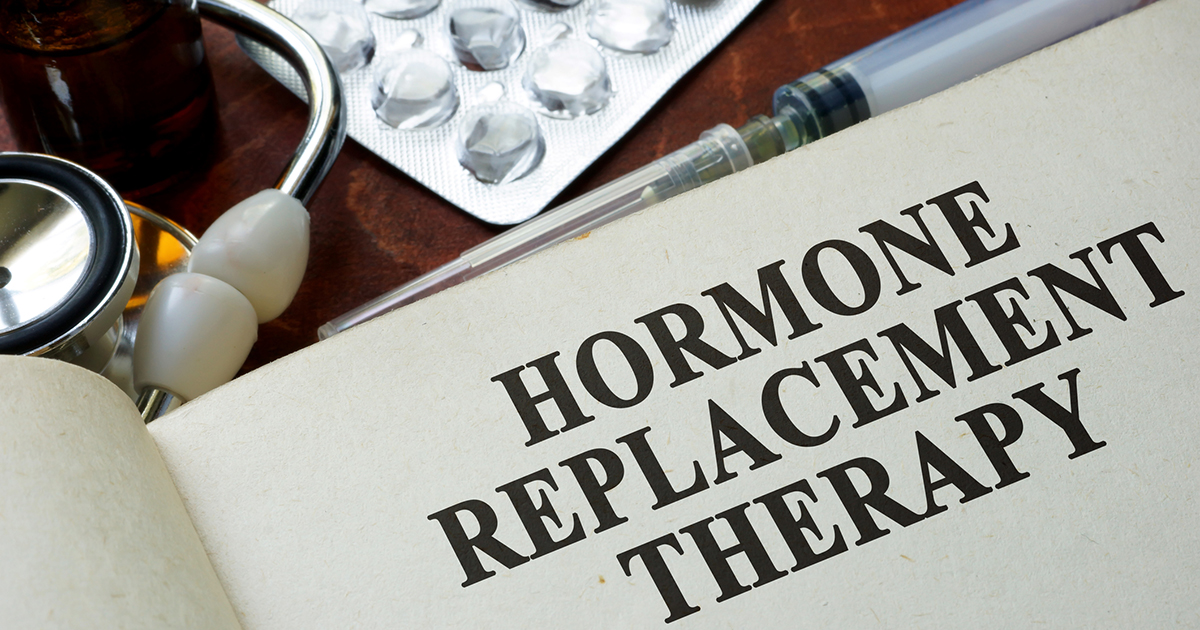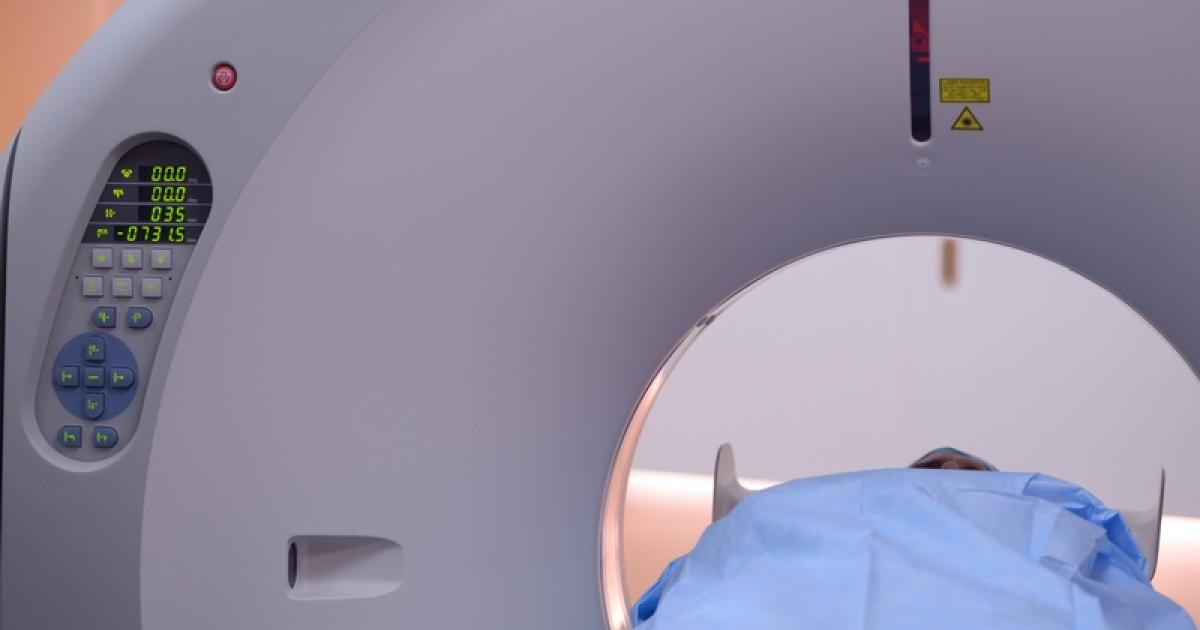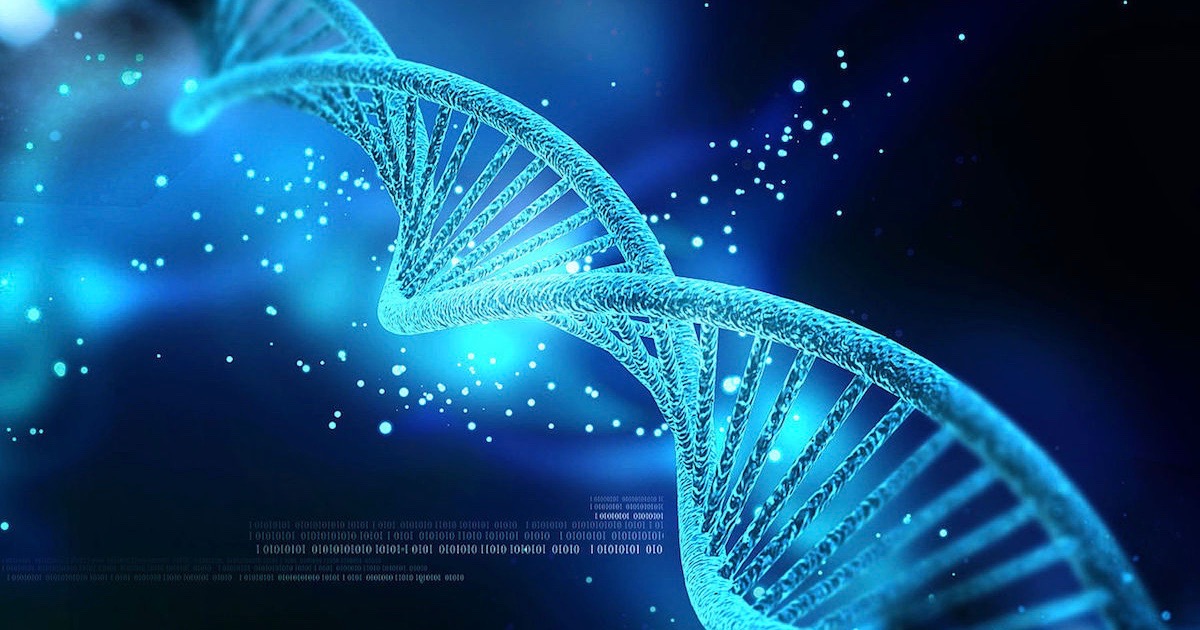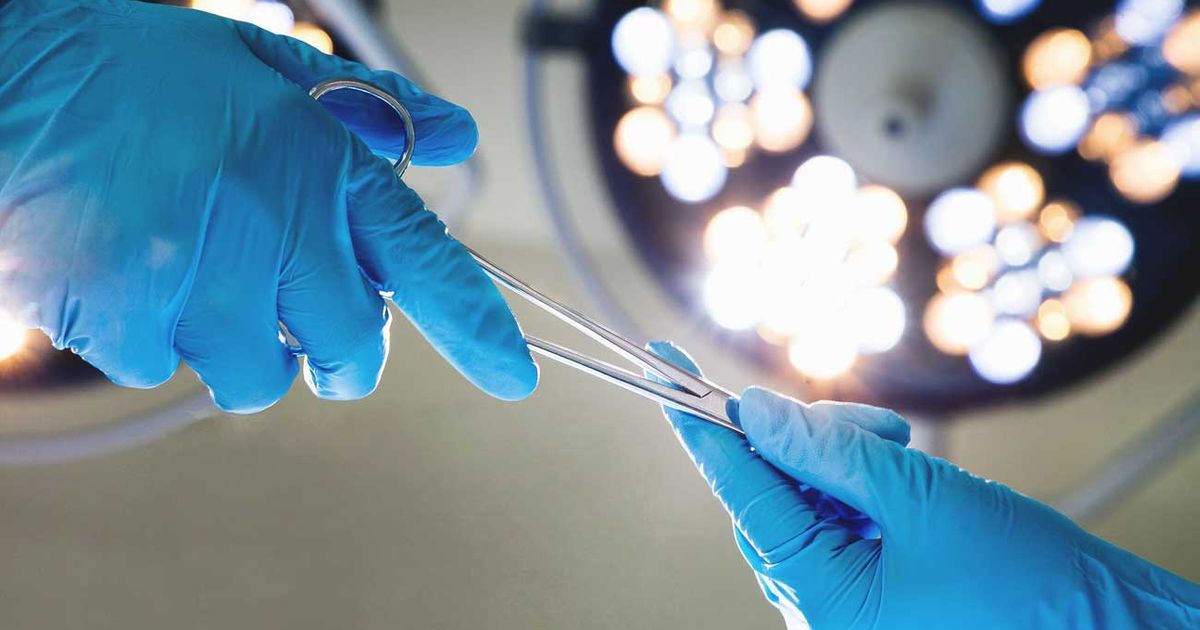Breast Cancer Causes And Health Effects
Breast cancer is perhaps the most common invasive cancer seen amongst females internationally. This form of cancer, reports show, accounts for up to twenty percent of cancer-related fatalities worldwide, and these rates are typically higher in developed nations as opposed to underdeveloped countries. While breast cancer is well-known, even having its own awareness month in October each year, the average individual still does not have sufficient knowledge surrounding it.
Aging

The natural process of aging is often a cause of breast cancer development. This occurs because of the way breast cancer develops. Malignant or cancerous cells are produced when there are abnormal changes in the part of a breast cell's DNA that control processes of cellular growth, multiplication, and apoptosis. This change in the DNA is called a DNA mutation. It only takes the right mutation of one breast tissue cell in order for malignancy to develop. Cells in the body change, grow, die, and multiply every day an individual is alive.
The cells in a younger individual's body have not undergone the same number of cell cycles or been exposed to as many damaging factors as an individual who is twenty years older than them. As a result, a younger individual's breast tissue cells have had less of an overall opportunity for the DNA to mutate. Another factor that plays into age-related risk for breast cancer is the fact an older body is less capable of repairing the damage that has occurred in a cell's DNA. Once the damage is beyond repair, the immune system is supposed to take over and eradicate any cells that have cancerous-like DNA abnormalities. Individuals who are older also have a decreased efficiency in this type of immune defense.
Hormone Replacement Therapy

Some women develop breast cancer a result of their recent or previous use of hormone replacement therapy. Hormone replacement therapy was used frequently by women going through menopause to help with relief of unpleasant symptoms such as fatigue, hot flashes, and loss of bone. The type of hormone replacement therapy that increases an individual's breast cancer risk the most is called combination HRT, made from estrogen and progesterone. Even when combination HRT is used for just a short time, it increases an individual's risk of developing breast cancer by seventy-five percent.
The risk for breast cancer is at its highest between the first two and three years of using combination HRT. When a woman stops using combination HRT, it takes a minimum of two years for the risk of breast cancer to drop back down to an average level. The other type of HRT called estrogen-only HRT has shown to increase an individual's chance of developing breast cancer if they use it for over ten years. Regardless of whether the HRT products used are natural, synthetic, or bioidentical, the risk of developing breast cancer is consistent across all three variations.
Obesity

Breast cancer in some individuals may be the result of obesity. Any individual who has a body mass index of greater than twenty-five is considered to be either overweight or obese. Individuals who are obese have a greater number of fat cells in their body, which produce a hormone called estrogen. More fat cells in the body mean there is also an increased amount of estrogen in the body. Estrogen has the ability to cause hormone-receptor-positive breast cancers to initiate, develop, and expand. The association between the development of breast cancer and extra fat is complex and can be influenced by other factors such as the location of such extra fat cells.
Excess fat tissue around an individual's belly can increase their risk of breast cancer more than having the extra fat tissue concentrated in their hips or thighs. For women who are post-menopause, an increase of five units in body mass index is associated with a twelve percent increase in breast cancer risk. In addition, post-menopausal individuals who have a body mass index that is considered obese have up to a forty percent increase in the risk of developing breast cancer.
Oral Contraceptives

The development of certain types of hormone-receptive-positive breast cancers can be caused by an individual's use of oral contraceptives. Oral contraceptives are medications containing hormones that are taken to prevent pregnancy. Birth control pills accomplish this by stopping the regular ovulation cycle and inhibiting the ability of sperm to pass through a woman's cervix. Oral contraceptives that are a combination of estrogen and progesterone are more likely to cause breast cancer than other types of birth control pills.
In addition, increased risk of breast cancer is also associated with the use of a triphasic type of birth control pill that changes hormone doses three times during the individual's monthly cycle. Estrogen and progesterone are known to stimulate the initiation, development, and expansion of certain types of breast cancer. Because oral contraceptives contain synthetic forms of such hormones, they make a woman taking them more likely to develop these kinds of hormone-receptive-positive breast cancers.
Ionizing Radiation Exposure

Breast cancer development in some individuals can be caused by ionizing radiation exposure. Ionizing radiation is a form of radiation with energy levels that have the ability to extract an electron from a molecule or atom. This electron extraction results in an ionized form of the atom or molecule. Ionizing radiation exists in the forms of x-rays, radon, neutrons, gamma rays, alpha particles, and beta particles. Nuclear power plant accidents and the testing or use of atomic weapons are sources of exposure to this type of high-energy radiation.
Exposure to ionizing radiation may also come from specific medical imaging and treatment therapy procedures when they are administered frequently. These procedures include computed tomography (CT) scans, chest x-rays, positron emission tomography (PET) scans, and radiation therapy treatment. While breast cancer derived from ionizing radiation exposure from these factors is relatively rare, enough exposure to this type of radiation can cause significant cell damage that may result in widespread mutations of cellular DNA. If these mutations occur in the right section of a breast cell's DNA, breast cancer can develop.
Genetics And Breast Cancer

It is no surprise a family history of a certain disease increases an individual's risk factor for that disease. Therefore, genetics is also another major risk factor, as if a female has at least one close relative who developed breast or ovarian cancer, they have a slightly higher chance of developing the disease. However, if two family members develop the disease, it does not mean they share the same genes that make them more susceptible to the development of cancer, as breast cancer is a common type, and majorities are not hereditary. Specifically, BRCA1 and BRCA2 genes may be inherited, and women carrying these genes are more than likely to develop breast cancer within their lifetime.
Effects Of Breast Cancer

Breast cancer frequently starts in the interior lining of the milk ducts or the lobules that supply the ducts with milk. Breast cancer that develops in the lobules is referred to as lobular carcinoma, while cancer that forms in the ducts is called ductal carcinoma. Some of the initial effects of breast cancer are masses and localized lumps that can be felt within the breast, and these lumps may feel firmer, painful, and immobile. Considering the tumors grow without help from the connective tissue, they may result in visible changes to the breast's surface. The tumors disrupt the ducts leading to the nipple, resulting in a discharge from the nipples, which is a common symptom of cancer.
Breast Cancer Can Spread

It should also be noted a malignant tumor can also spread to other, unaffected parts of the body. Breast cancer has been known to spread to other tissues within the body, such as the liver, bones, and lungs. When breast cancer is detected in the lungs, it is a condition known as metastasis. When these other tissues are affected, multiple health problems arise. Dysfunction of the lungs can result in the patient having difficulty breathing and pneumonia, problems with the liver can result in issues with blood clotting and jaundice, while bone problems can lead to easy fracturing.
Treatment Options

Treatment of breast cancer involves several stages and includes a multidisciplinary team, including a surgeon, radiologist, dietitian, and a psychologist. Determining the best treatment for the patient depends on the type of breast cancer they have, whether it is invasive or non-invasive, the stage of cancer, the patient's general health and age, and whether the cancer cells are sensitive to hormones or not.
The primary treatment options available include surgery, radiation therapy, chemotherapy, hormone therapy, and biological treatment. There are many side effects linked to cancer treatment. The most frequent ones are sudden weight loss, hair loss, vomiting, nausea, fatigue, a higher susceptibility to infections, and a sore mouth.
Treatments Continued

Surgery may involve removing only the affected tumor or surgically removing the breast, radiation therapy is the use of controlled levels of radiation directed at the tumor to destroy the cancerous cells, and chemotherapy is medication known as cytotoxic drugs prescribed to slow down or stop the growth of cancerous cells. Hormone therapy is used mostly after surgery for cancers that are sensitive to hormones and to prevent cancer recurrence, and biological treatment is a monoclonal antibody that targets and destroys cancer cells, similar to chemotherapy.
